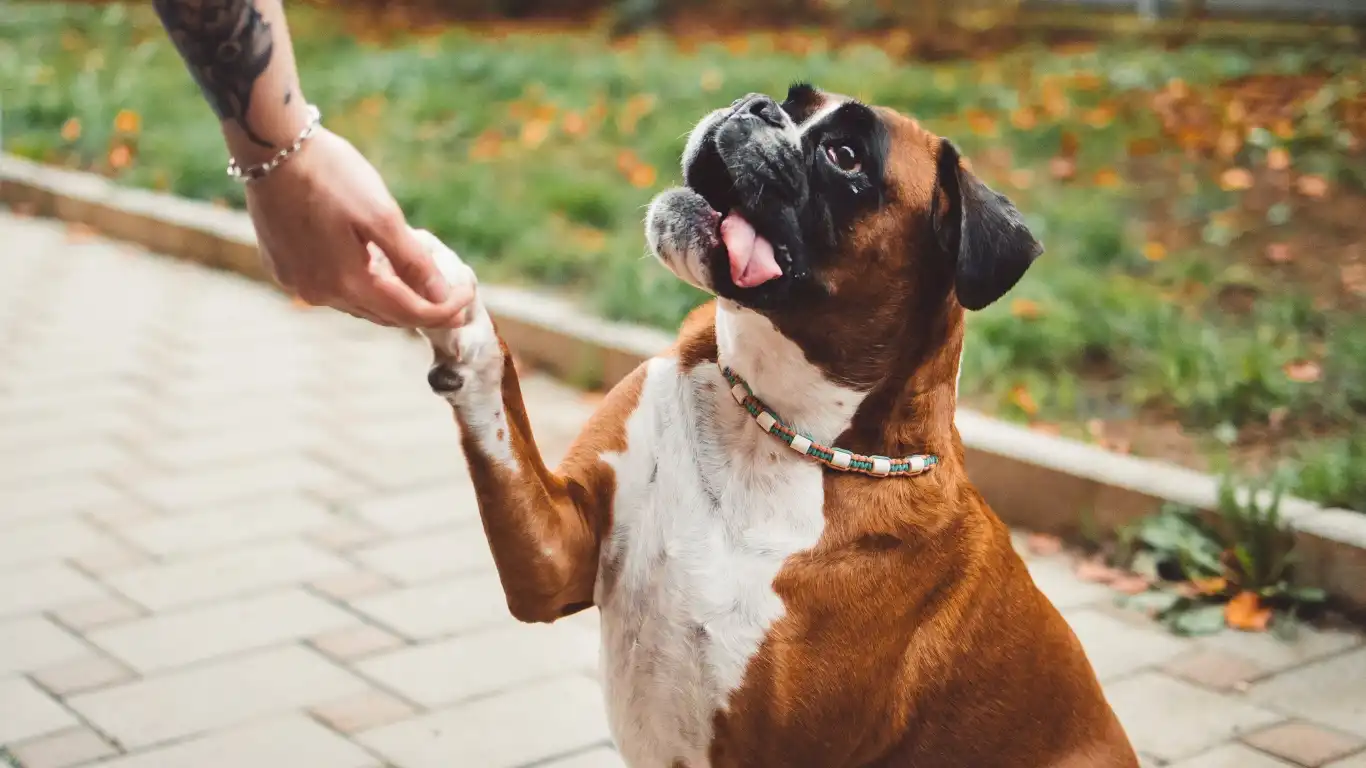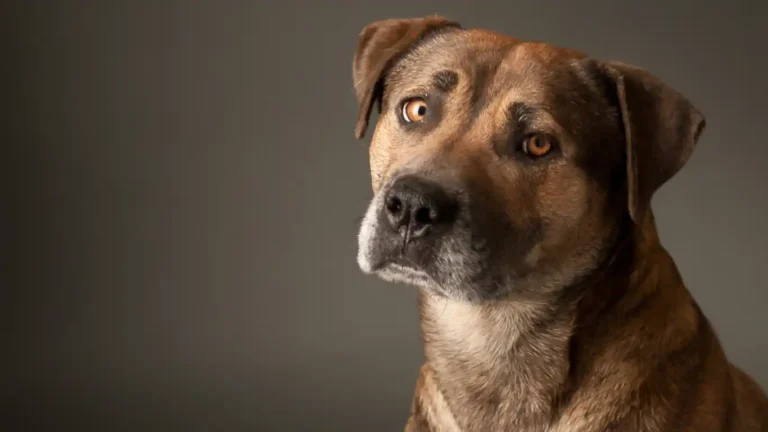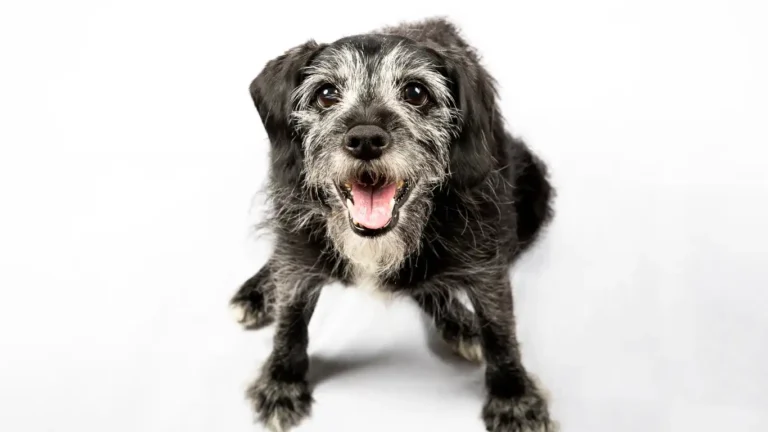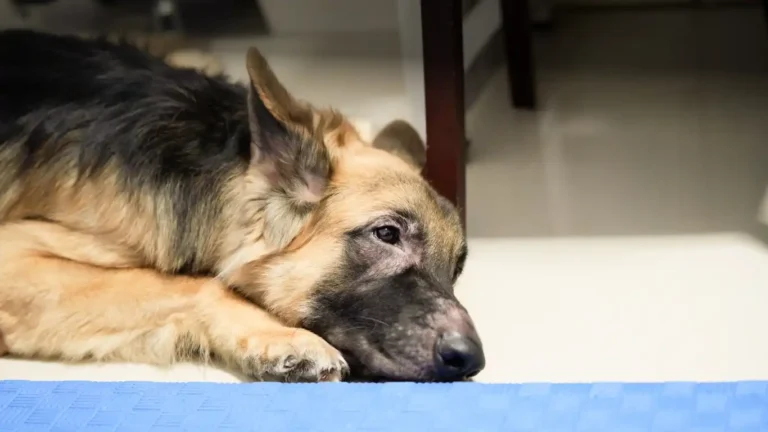Ultimate Guide on How to Dog-Proof Your Car for Frequent Trips Safely
Ever tried wrangling a hyper Labrador into the backseat of your car while juggling treats, a leash, and your sanity? Welcome to my life. As a Veterinary Technician and Nutrition Specialist, I’m constantly on the road—whether it’s vet appointments, hiking adventures, or dog food consults—and one question I get all the time is: how to dog-proof your car for frequent trips. The truth is, it’s not just about keeping your vehicle clean (though that’s a big plus). It’s about creating a safe, comfortable, and stress-free travel environment for your pup—while also keeping your upholstery from turning into a fur coat.
Why Dog-Proofing Your Car Matters

Think of it this way—your car is basically your dog’s second home if you travel a lot. So why not make it just as safe and inviting? I’ve seen too many cases of dogs slipping between seats, chewing on seat belts, or even leaping out of open windows. All avoidable. Dog-proofing isn’t just a convenience—it’s a health and safety essential.
Comfort equals calm
Just like us, dogs feel less anxious when they’re comfy. Throw a cheap blanket in the backseat, and your pup might spend the whole ride spinning in circles trying to get cozy. Upgrade that setup with a proper dog hammock or car seat cover, and suddenly it’s snooze city. Trust me, I’ve got a Frenchie who used to scream the whole ride to the clinic—until I figured this out.
Step One: Choose the Right Restraint System
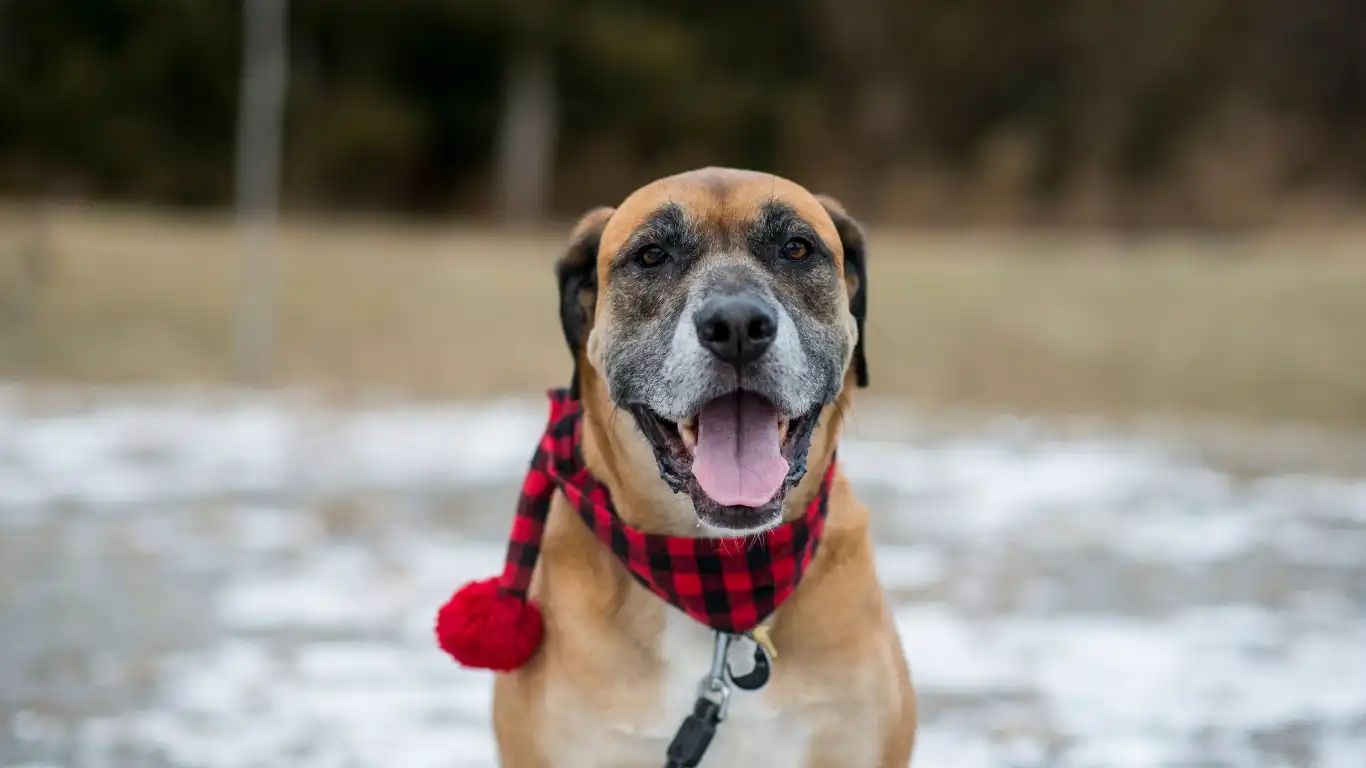
Safety first (for both of you)
Let’s get real. You wouldn’t drive without a seatbelt, right? Same logic applies to your dog. In a sudden stop, an unrestrained pup becomes a furry projectile. I’ve seen minor fender benders turn into vet emergencies just because a dog was roaming free. Whether it’s a harness with a seatbelt clip, a secured crate, or a doggy car seat—pick something that keeps them tethered safely.
- Harness seat belts: Best for medium to large breeds, and super easy to clip in.
- Booster seats: Perfect for small dogs (and they get a window view too!).
- Travel crates: My go-to for long-distance trips or nervous dogs.
My go-to gear tip:
If you’re not sure where to start, brands like Kurgo and Sleepypod are tried-and-tested by pros. I’ve used both with my clients and my own dogs, and the durability is no joke.
Protect Your Interior Like a Pro
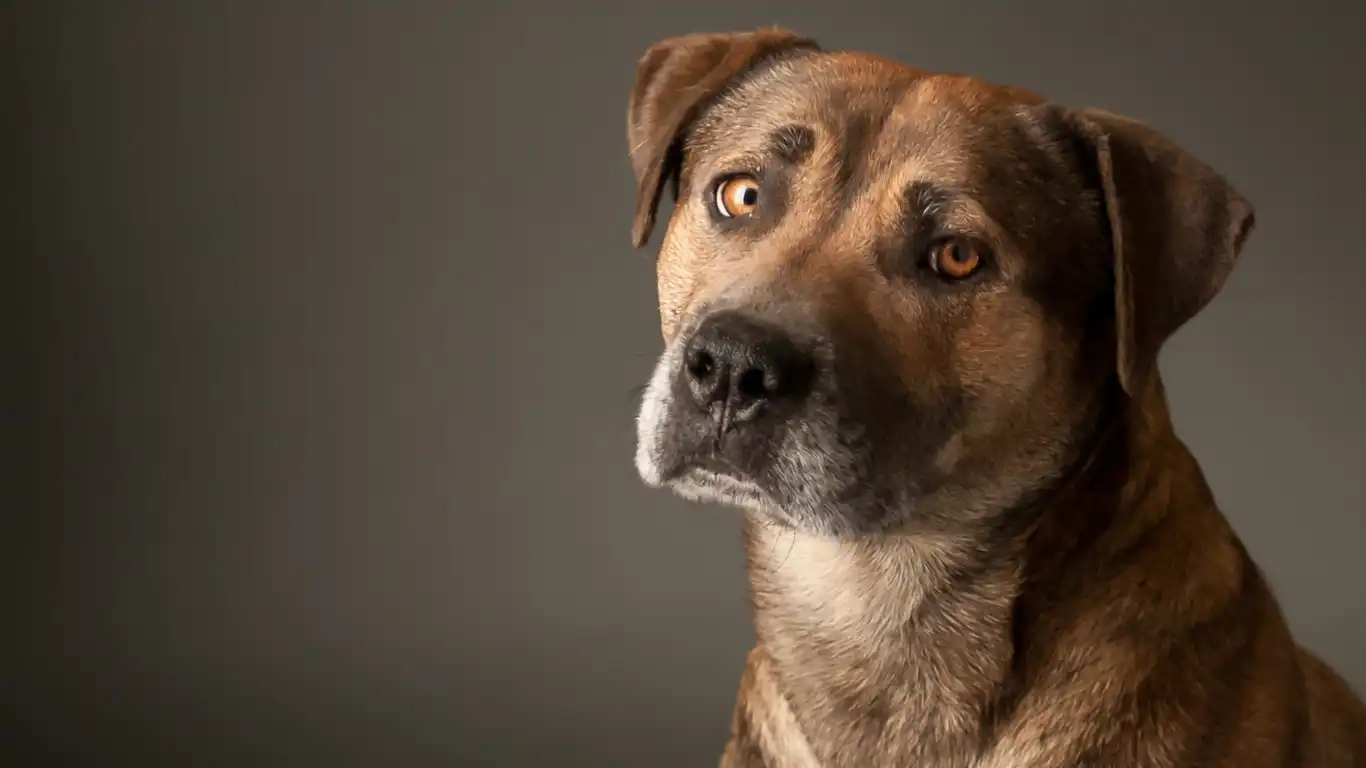
Because drool happens
Let’s talk mess. Muddy paws, flying fur, the occasional “oops” moment—it’s all part of the ride. That’s why I never hit the road without a proper seat cover. And not those flimsy ones that slide around and bunch up, either. I’m talking waterproof, non-slip, machine-washable champs.
- Hammock-style covers: Protect both the seats and the back of the front seats. Plus, they create a cozy little den vibe that dogs love.
- Bucket seat covers: Great if your pup prefers the passenger seat (mine does… diva).
- Cargo liners: Ideal if your dog rides in the back of an SUV or hatchback.
Bonus Tip:
Stash a small towel and a pack of pet wipes in your glove box. I’ve had more than one client thank me for this when their dog decided to roll in something “interesting” mid-hike.
Stock Up on Travel Essentials

Alright, so your car is set up with seat covers and restraints—now let’s talk about what’s actually in the car. I learned early on (after one too many “Mom, I’m thirsty!” stares from the backseat) that packing a dog travel kit is a game changer. Especially when you’re taking frequent trips, having these items on-hand makes life way easier and prevents a ton of mid-trip scrambling.
My go-bag must-haves:
- Collapsible water bowl & bottle: Hydration is non-negotiable. I always keep one stashed under the passenger seat.
- Leash and backup leash: Because the one time you forget is the one time you’ll need it. Trust me.
- Poop bags: I keep a full roll in every door pocket like I’m prepping for a poopocalypse.
- Favorite toy or chew: Especially helpful for anxious dogs or longer rides. A chew can turn a tense car ride into naptime.
- Treat pouch: I use positive reinforcement constantly when traveling. Treats make transitions smoother, period.
Train Your Dog for Car Rides

This is one of those overlooked pieces that makes a huge difference: how to dog-proof your car for frequent trips isn’t just about physical barriers—it’s about training too. A dog who understands “car ride = chill time” is easier to manage and safer to travel with. I’ve worked with plenty of pet parents whose dogs treat the car like a rollercoaster of chaos, but with a little conditioning, that can totally shift.
Start with short, happy trips
Don’t let the only time your dog rides in the car be for vet visits (especially if they’re not a fan). Mix in some joyrides to the park, drive-thru, or even just around the block. Make it low-pressure and positive.
Reinforce calm behavior
If your dog barks, paces, or whines, don’t just hope they “grow out of it.” Use treats and praise when they settle down. I like to bring a lick mat with peanut butter for longer rides—it gives them something calming and tasty to focus on. Bonus: keeps them occupied for a solid 15–20 minutes.
Watch the Temperature Inside the Car
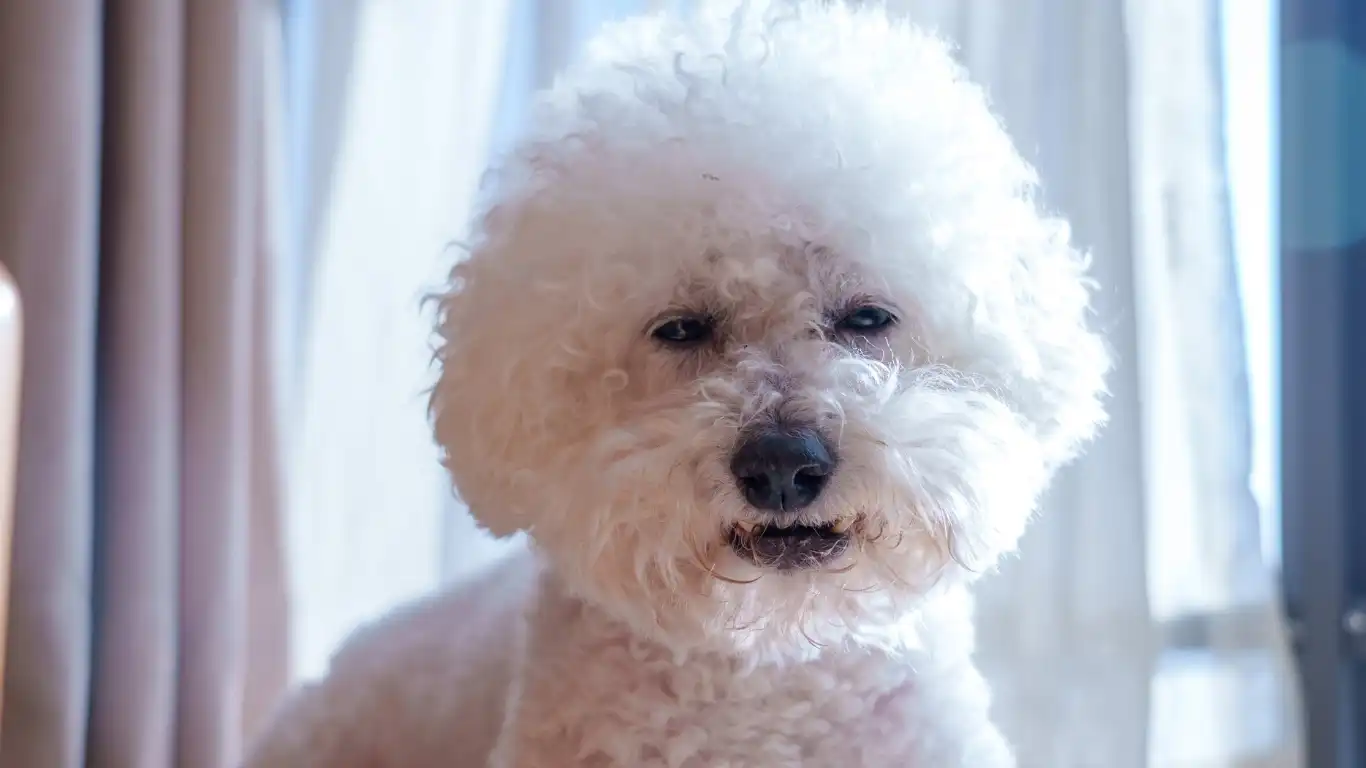
This one’s so important, it’s almost tattoo-worthy: never leave your dog in a parked car—ever. Even if it’s “just a few minutes.” Even if the windows are cracked. Even in the shade. I’ve seen too many emergencies where dogs overheated in under 10 minutes. It’s heartbreaking and 100% preventable.
Keep your AC game strong
When you’re driving, make sure the air’s flowing to the backseat. A lot of people don’t realize the vents up front aren’t doing much for your dog. I use a small battery-powered fan clipped to the headrest to keep the breeze going when I’ve got a full car.
Plan your stops
If you’re road-tripping, map out pet-friendly stops where your dog can stretch, relieve themselves, and cool off. I use apps like BringFido and AllTrails to scout out good pit stops. And yes, I absolutely pick my coffee breaks based on who allows dogs on the patio.
Keep It Clean—Without Going Nuts

Okay, real talk: if you’ve got a dog, your car is gonna get messy. No seat cover is magic. But there are ways to stay on top of it without cleaning every single day. I’ve got a simple system I swear by:
- Quick brush-off after each ride: I keep a small silicone brush in the glovebox to swipe off fur before it embeds in the seats.
- Weekly vacuum date: I use a handheld vacuum every Sunday. It’s oddly satisfying, and way less overwhelming than waiting a month.
- Lint rollers everywhere: Seriously, one in the car, one in my purse, one in the trunk.
I know it can feel like a lot—setting up your car, packing gear, training, cleaning—but once it’s part of your routine, it’s second nature. And the payoff? Smooth rides, safe pups, and way fewer surprises mid-journey. As someone who basically lives on four wheels with dogs, I promise: it’s worth the effort.
Preventing Distractions: Keeping Both You and Your Dog Safe on the Road
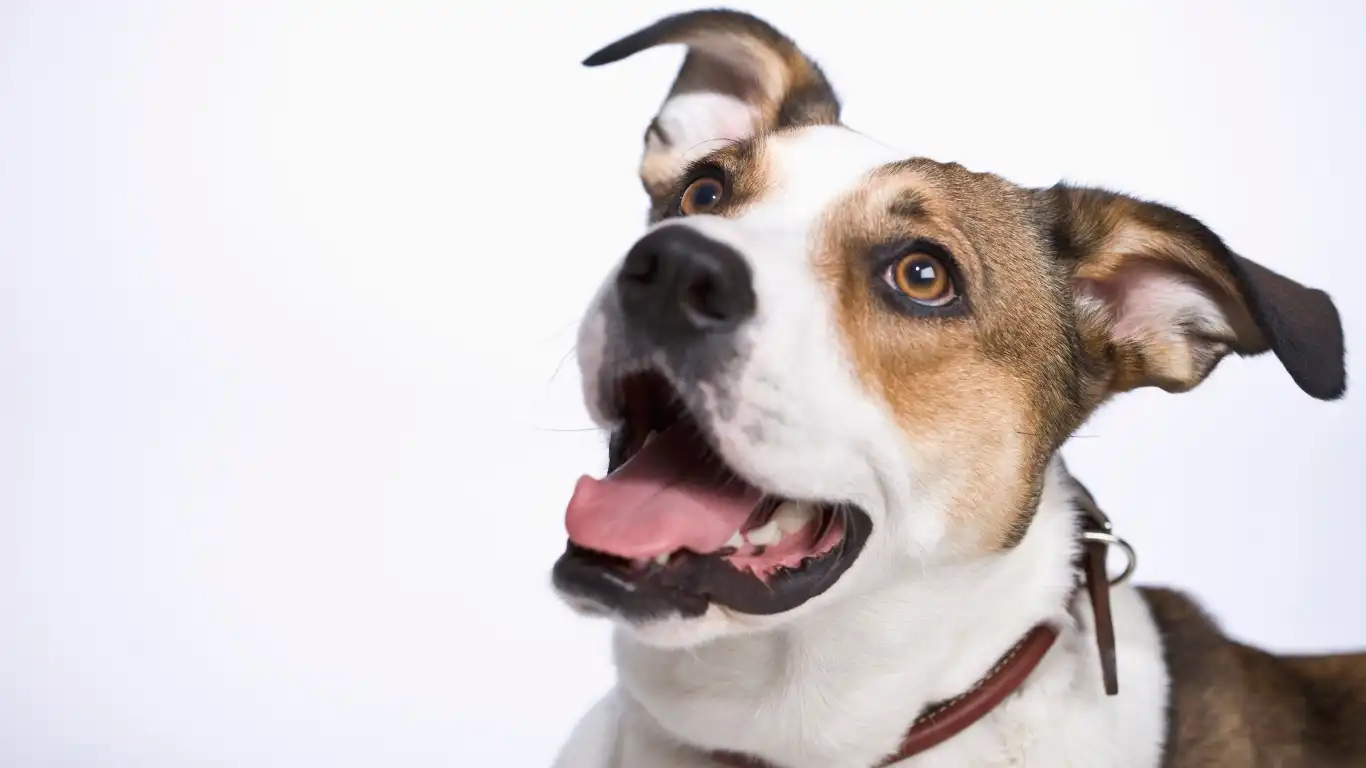
Let me tell you, one of the biggest dangers I’ve seen during my years as a Veterinary Technician is the distracted driver. Dogs are adorable, sure, but a jumping, barking, or overly curious pup can seriously steal your attention from the road. That’s why mastering how to dog-proof your car for frequent trips isn’t just about comfort or cleanliness—it’s a critical safety move.
Minimize distractions with smart placement
Where your dog sits matters more than you might think. I recommend keeping your furry friend in the backseat, properly restrained. If you let them sit in the front, they might reach for controls or block your view. Also, avoid letting your dog stick their head out the window—even though they love it, it’s a recipe for injury from flying debris or sudden stops.
Use barriers wisely
Depending on your car type, a mesh barrier or a pet gate can create a safe zone for your dog. These barriers help contain your dog in the back and reduce the temptation to jump up front. I’ve installed a few of these for clients and even for my own car; it’s an easy way to keep everyone focused and safe.
Emergency Preparedness: Because Accidents Happen
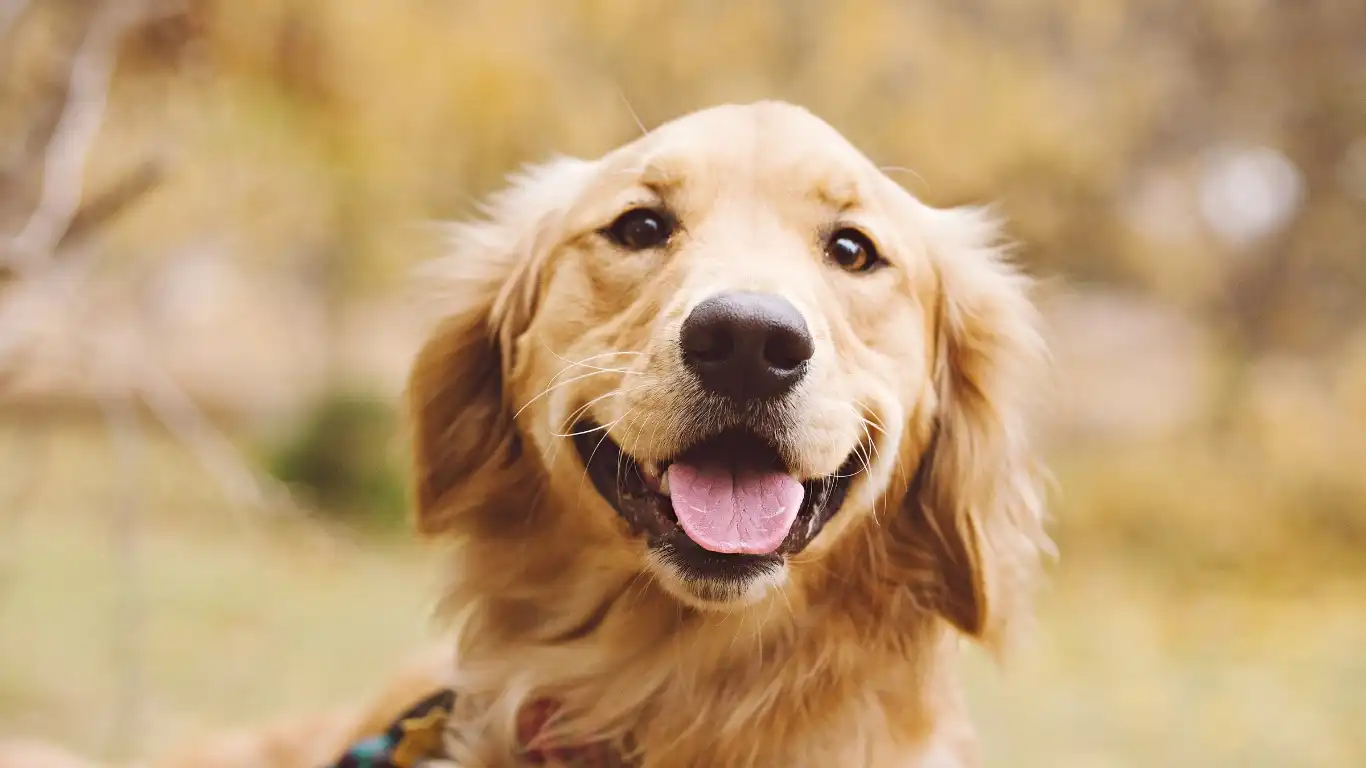
As much as we want everything to go smoothly, sometimes the unexpected strikes. From sudden car troubles to your dog getting anxious or sick, having an emergency plan and kit is a lifesaver. In my experience working closely with vets and pet owners, those who prepare ahead of time stress less and handle emergencies way better.
Build a dog-specific emergency kit
- Basic first aid supplies: Bandages, antiseptic wipes, tweezers, and vet-approved wound spray.
- Copy of your dog’s medical records: Especially important if you’re traveling far from your regular vet.
- Extra leash and collar: Just in case the current one breaks or gets lost.
- Emergency contact list: Include your vet’s number, a local emergency clinic, and a trusted friend or family member.
- Blanket or towel: For warmth or to use as a stretcher if needed.
Keep calm and know when to seek help
One tip I always share with clients: if your dog shows signs of heatstroke, severe injury, or sudden illness, don’t wait. Pull over safely and get to a vet ASAP. Symptoms like heavy panting, vomiting, lethargy, or collapse are serious and require immediate attention.
Final Tips from My Veterinary Tech Experience
After years in the field, working hands-on with dogs and their owners, I’ve learned that a little preparation goes a long way. Here are some quick personal tips that tie together everything we’ve talked about:
- Routine checks: Regularly inspect your dog’s harness, crate, and seat covers for wear and tear. Replace anything that’s compromised to keep safety top-notch.
- Hydration is king: Dogs often get dehydrated faster than we realize, especially in cars. Always offer water at stops and encourage sipping.
- Watch for motion sickness: If your dog gets car sick, ask your vet about safe remedies or dietary adjustments to ease nausea.
- Know your dog’s limits: Not every pup loves long car rides. Pay attention to signs of stress and try breaking longer trips into manageable chunks.
With the right setup, training, and a bit of love, traveling with your dog can become one of your favorite parts of the day—not a stressful chore. Remember, your dog relies on you to keep them safe and happy, and that starts with knowing how to dog-proof your car for frequent trips effectively.
References
Disclaimer
This article is for informational purposes only and is not intended as a substitute for professional veterinary advice, diagnosis, or treatment. Always consult your veterinarian with any questions you may have regarding your pet’s health or travel safety. The author and publisher assume no liability for any injury, loss, or damage incurred as a result of applying the information contained in this article.
